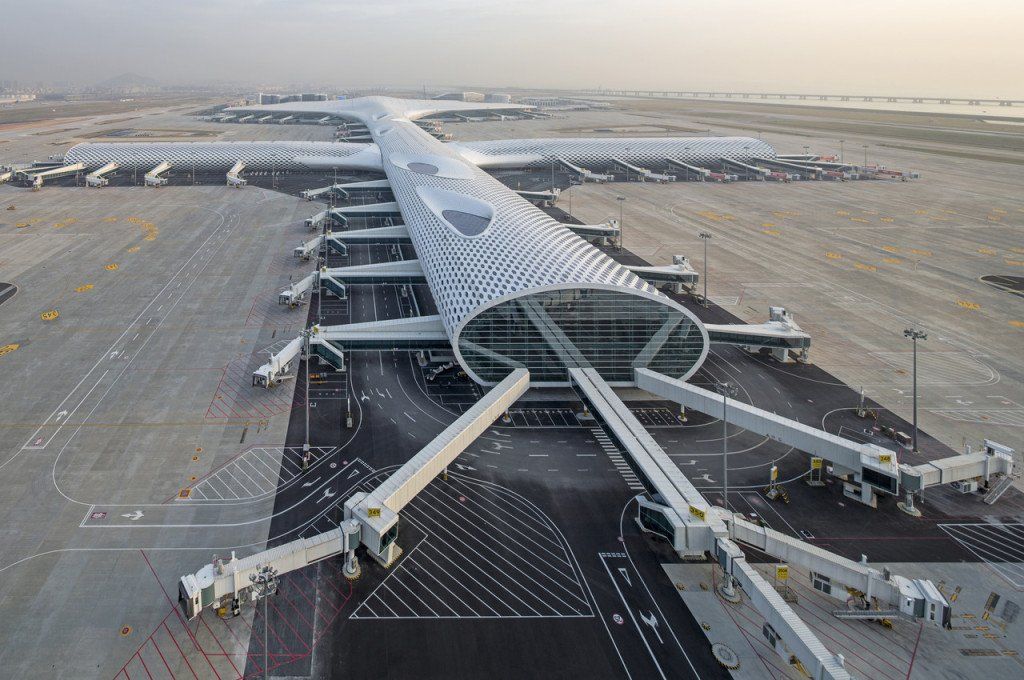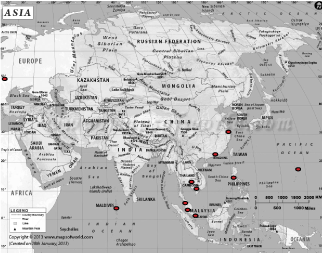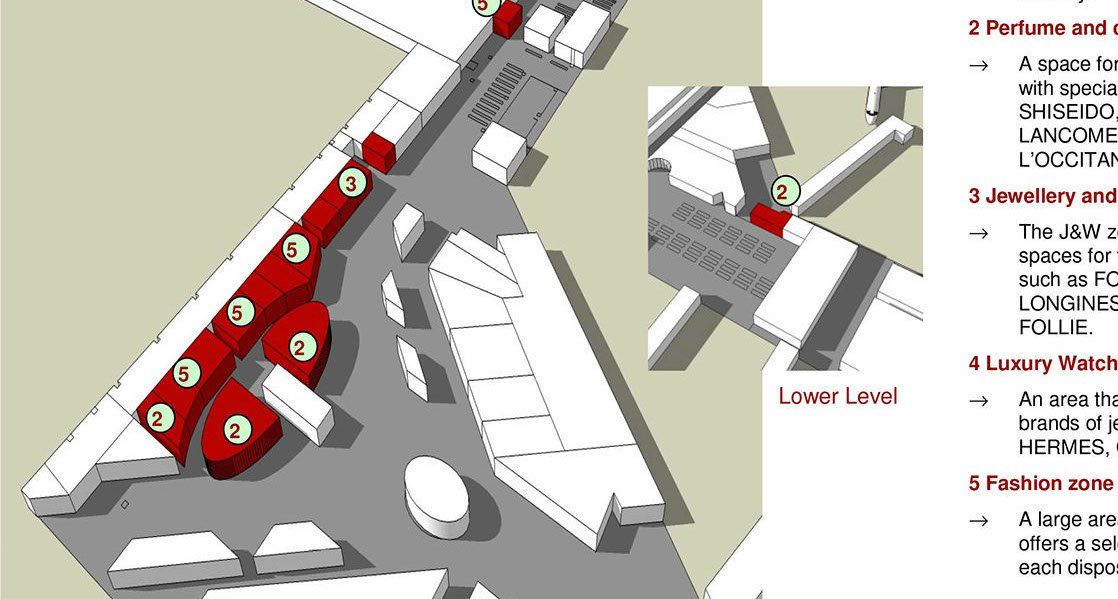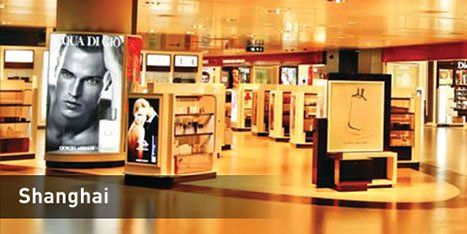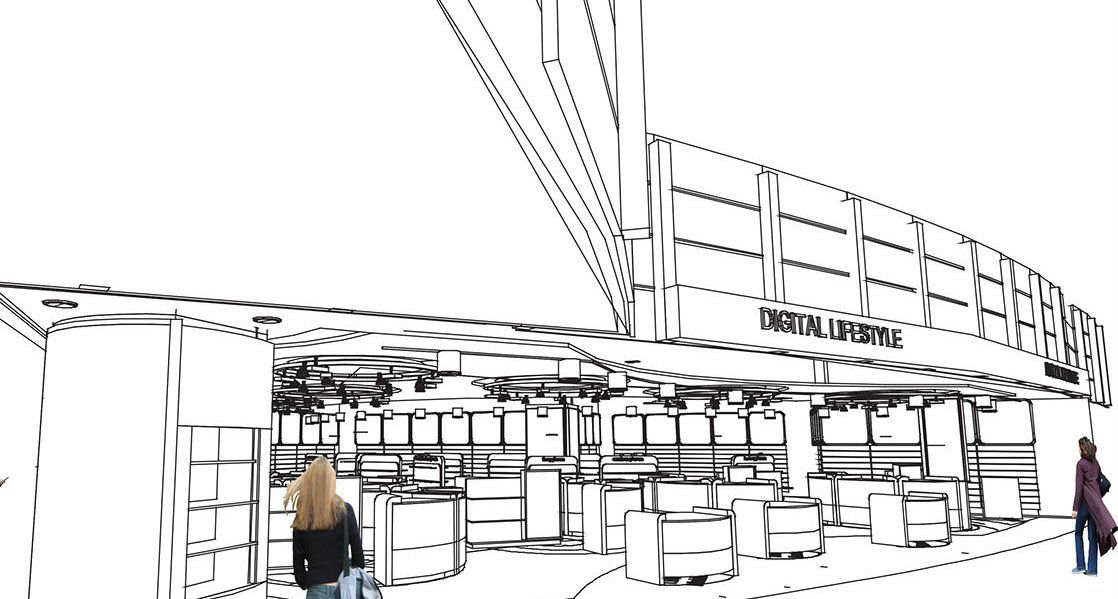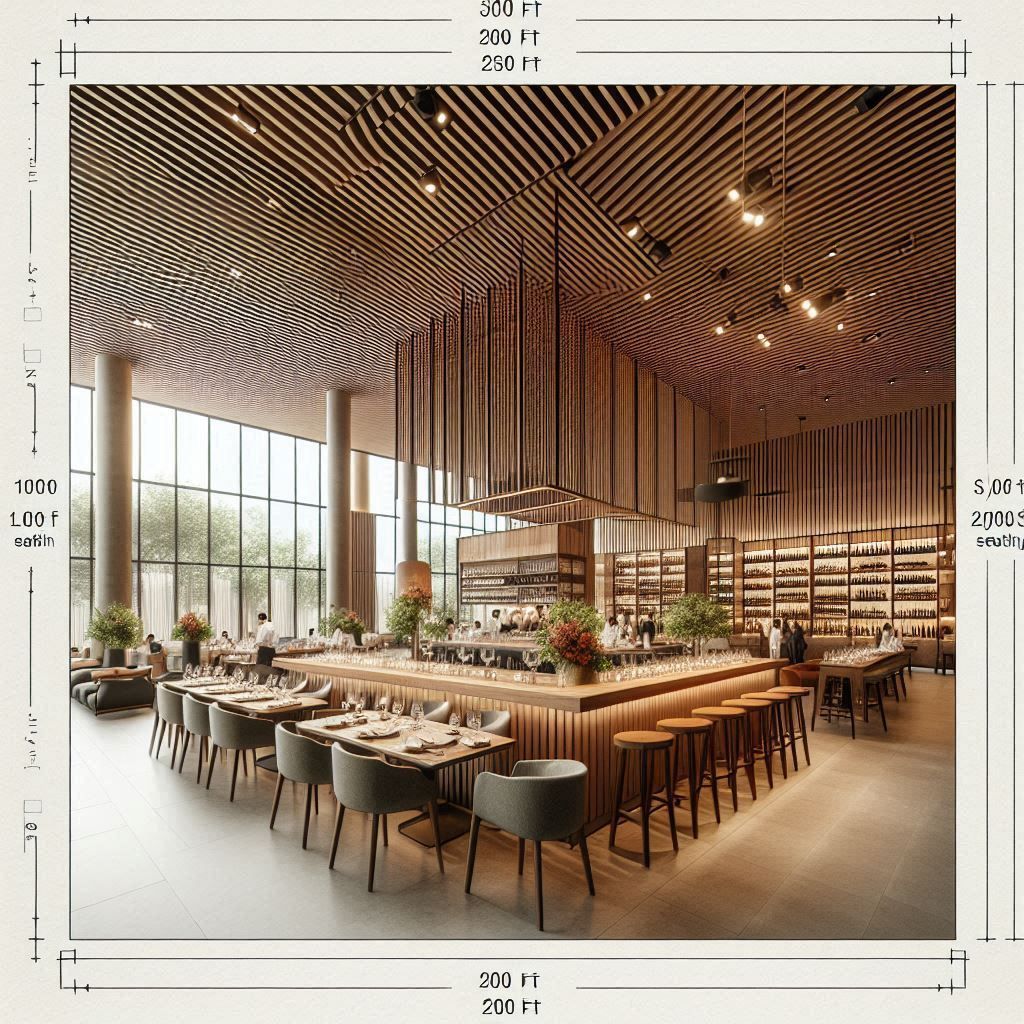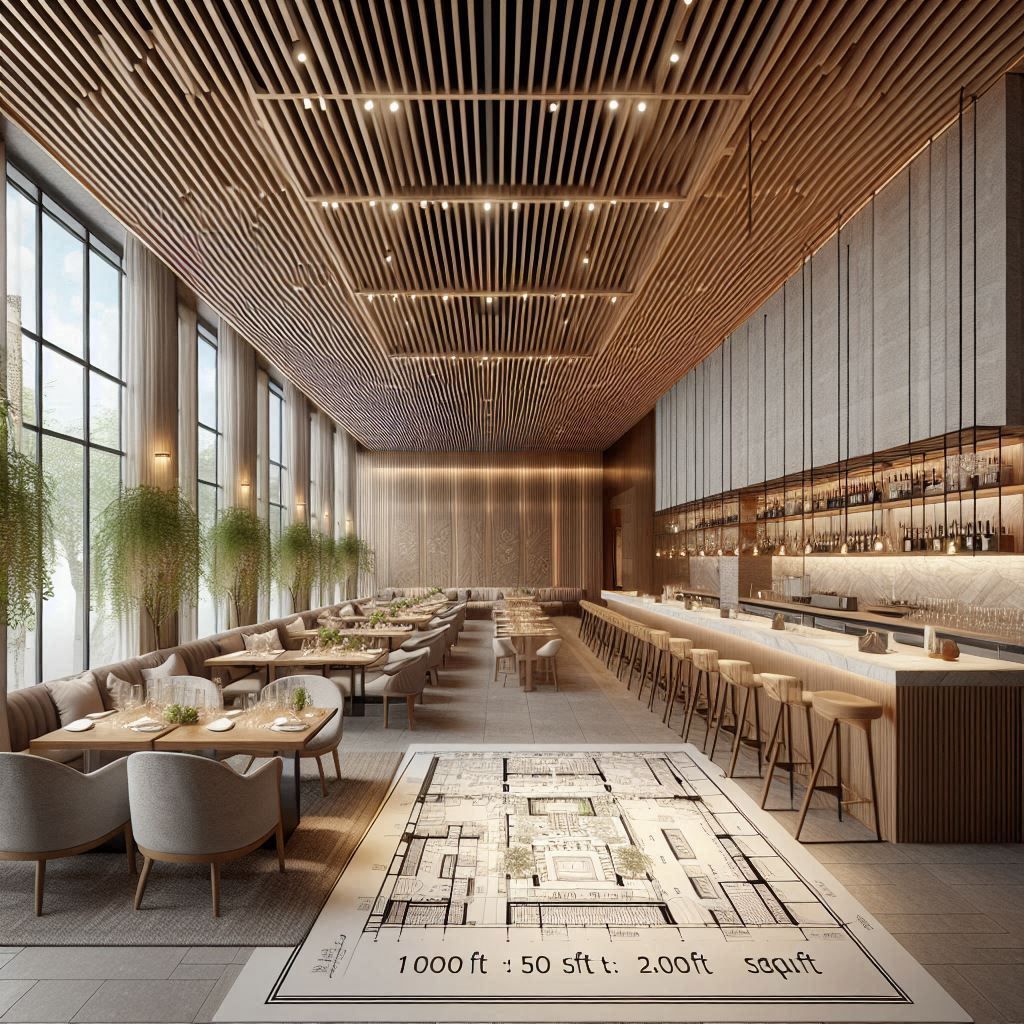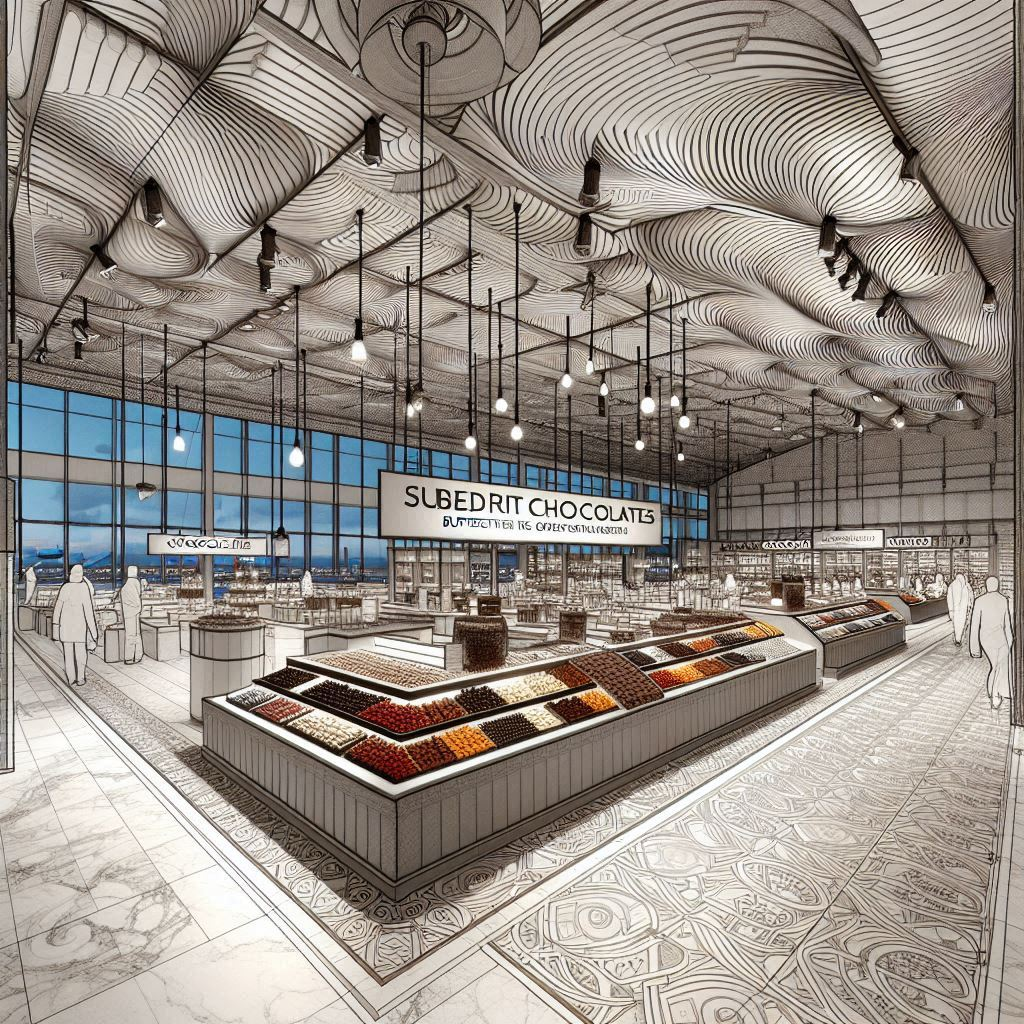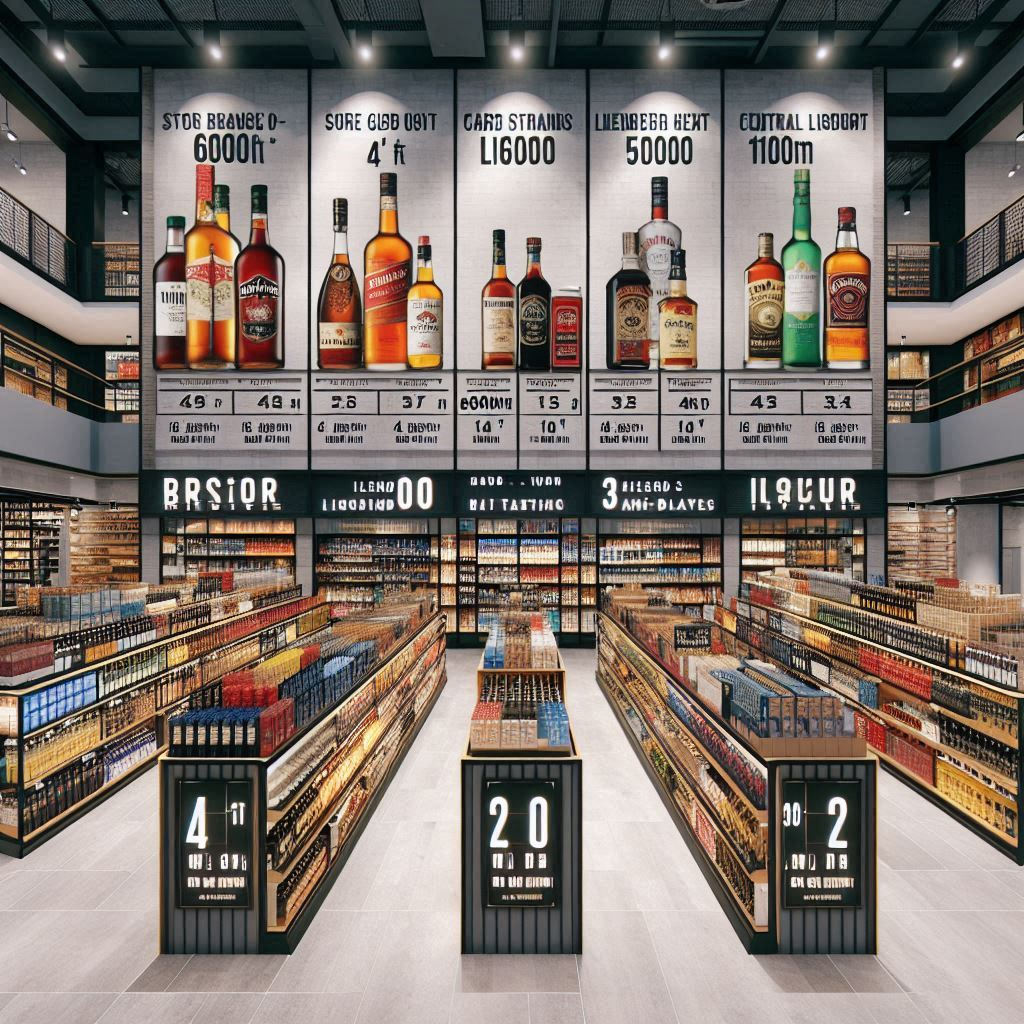WHY TSPtravelretailspaceplanners ?
- Founded on over 2 decades of successful planning and project managing commercial space.
- Successfully delivered projects with environmental challenges at airports in Asia.
- Team of project managers and planners specializing on space planning for concessions in Airports, with past projects in 15 countries serviced with offices and associates based locally.
- Our professionals are equipped with extensive industry careers and have wide experience in conducting senior level concession planning & project implementation assignments.
- We guide and adopt sustainable proven practices in our design process,
TSP Travel Retail Space Planners was founded in 1994 following a five-year collaboration with Cook Neil and Associates (UK)—a pioneering travelretail consultancy led by:
• Jim Neil – Former Commercial Director of Heathrow Airport
• Tom Cook – Architect based in Connecticut, USA
• Brian Masters – Former GM of Duty Free Operations in the Middle East
This partnership laid the foundation for our deep understanding of airport retail dynamics and global best practices.
Our Mission
To design and optimize airport commercial spaces that elevate the passenger experience and maximize retail performance.
Global Recognition
We are proud members of the Airports Council International’s World Business Partners, reflecting our commitment to excellence and innovation in airport retail planning.
World's Airport Carbon Accreditation( per ACI 's world report 2025)
Global Context and Industry Developments
The airport industry is responding to climate change with new regulations and commitments to sustainability.
- June 2023: European airport industry reaffirmed Net Zero 2050 Resolution with stricter criteria.
- October 2023: Adoption of Refuel EU Aviation Regulation to increase Sustainable Aviation Fuels (SAF) usage.
- November 2023: New ICAO Environmental Standard set for fuel efficiency and carbon reduction by 2025.
- December 2023: Launch of Level 5 accreditation with ten airports certified through a pilot program.
Our Professionals bring to you a wealth of experience(based on actual ground experience gained):
Principal Project Director:
- 15 years or more of experience in Management & Master Planning of Airport's commercial areas (restricted and non-restricted).
- Have experience at 5 multi-terminals international airports or more in 5 different countries.
- Have successful delivery experience in all 3 phases of work from concept design to construction details, planning and compliance documentation to construction management and documentation. Successful completion of at least USD$5 million project budget.
Project Director:
- 10 or more years of experience in Management & Planning of Airport's commercial areas (restricted and non-restricted)
- Have experience at 5 airports with at least 2 Terminals or more in 3 different countries.
- Have experience in all 3 phases of work from concept design to construction details, planning and compliance documentation to construction management and documentation in a single project. Successful completion of at least USD $2 million project budget.
Senior Project Manager:
- 5 or more years of experience in Single-terminal International Airports. Management & Planning of Airport's commercial areas (restricted and non-restricted)
- Successful experience at 5 International Airports or more in 3 different countries.
- Successful experience in 2 phases of work from preparation of construction details, planning and compliance documentation to construction management and documentation in a single project.
Project Manager
- 3 or more years of experience in Single-terminal International Airports. Management & Planning of Airport's commercial areas (restricted and non-restricted)
- Successful experience at 2 International Airports or more in different countries.
- Successful experience in 2 phases of work from preparation of construction details, planning and compliance documentation to construction management and documentation in a single project.
copyright @ TSPtravelretailspaceplanners
Our Key personnel have also attained ACI Certifications on:
Airport Operations,
Terminal, Airside & Landside Operations,
Airport Business Operations
Environmental and Sustainable Airport Management
Benefits of Airport Carbon Accreditation
Accreditation provides numerous advantages for airport operators/concessionaires in managing emissions and enhancing sustainability.
- Identifies sources of emissions and achieves measurable reductions.
- Encourages collaboration with third parties for enhanced climate action.
- Elevates public credibility and boosts employee motivation.
- Access to green finance and participation in a global effort for sustainability.
Prior to space and categories allocation we perform
Airport Concession Risk Analytics
- comprehensive framework for assessing airport concession risks by integrating market risk driven by passenger traffic volatility and credit risk influenced by spend per passenger. It offers methodologies, data foundations, scenario analyses, and governance policies to enable airport operators and investors to quantify potential losses, size reserves, and communicate resilience effectively.

Our Philosophy
Our outreach
To whom it may concern:
TSP was our design and project management partners at the onset of acquisition of concession space in Singapore in 2004. Following which, for our developments and proposed developments in Hong Kong, Cambodia and China,with Shanghai as a landmark project covering approx. 3000 sqm concession space planning and involving over 50 Brands design and contracts management. During the course of these assignments, Hill has designed, managed and provided sound advice contributing to the overall success of Store Planning Program in Asia.
Dufry Asia
“TSP successfully worked on projects in Singapore and Hong Kong for over 10 years”
WH Smith Asia
“TSP designed, project managed and supervised various projects of our stores from 2000 to 2014”
Nuance Group, Asia
“TSP was our appointed Perfumes and Cosmetics Store Design Consultant and Project Manager at Changi Airport Terminal 1,
they successfully completed the project to our satisfaction”
Weitnauer Scotts Asia
Idea
Design
Accuracy
Satisfaction
Latest News


